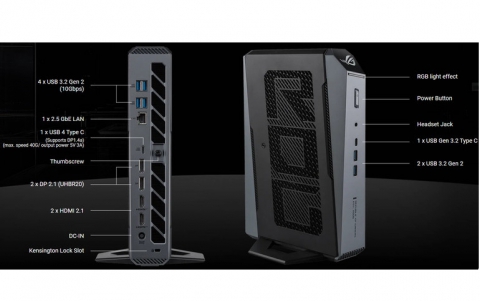
Intel Details Haswell Overclocking
There has been a lot of online discussion around the overclocking of of Intel's Haswell processors, and Intel has unveiled some details at IDF 2013 in Beijing.
The maximum clock frequency of Haswell is governed by the following equation:
Clock Speed = BCLK * Ratio
The default BCLK for Haswell chip will be at 100MHz, the same it was for Ivy Bridge processors. However now you'll be able to select 125MHz or 167MHz as well. At each of these BCLK settings (100/125/167MHz) you'll only be able to adjust up/down by 5 - 7%.
There might be K-series SKUs with fully unlocked multipliers. Intel says the CPU cores will have ratios of up to 80 (8GHz max without BCLK overclocking). Some parts will also have unlocked GPU ratios, with a maximum of 60 (GPU clock = BCLK/2 * ratio, so 3GHz max GPU clock).
Regarding memory overclocking, Intel will offer support for 200MHz steps up to 2.6GHz and 266MHz steps up to 2.66GHz on memory frequency, with a maximum of 2.93GHz memory data rate supported.
The big change comes to voltages, as Haswell SKUs will ship with an integrated voltage regulator. Instead of having multiple voltage rails driven by external voltage regulators enter the SoC, Haswell will accept two input voltages: Vccin for logic and Vddq for DRAM. Vccin is expected to be somewhere in the 1.8V - 2.3V range, with a max of 3.04V. Vddq will depend on your DRAM type. The integrated voltage regulator will support the same adjustments already met on current Ivy Bridge platforms.
Anandtech has the scoop and a couple of interesting presentation slides from the IDF event.
Clock Speed = BCLK * Ratio
The default BCLK for Haswell chip will be at 100MHz, the same it was for Ivy Bridge processors. However now you'll be able to select 125MHz or 167MHz as well. At each of these BCLK settings (100/125/167MHz) you'll only be able to adjust up/down by 5 - 7%.
There might be K-series SKUs with fully unlocked multipliers. Intel says the CPU cores will have ratios of up to 80 (8GHz max without BCLK overclocking). Some parts will also have unlocked GPU ratios, with a maximum of 60 (GPU clock = BCLK/2 * ratio, so 3GHz max GPU clock).
Regarding memory overclocking, Intel will offer support for 200MHz steps up to 2.6GHz and 266MHz steps up to 2.66GHz on memory frequency, with a maximum of 2.93GHz memory data rate supported.
The big change comes to voltages, as Haswell SKUs will ship with an integrated voltage regulator. Instead of having multiple voltage rails driven by external voltage regulators enter the SoC, Haswell will accept two input voltages: Vccin for logic and Vddq for DRAM. Vccin is expected to be somewhere in the 1.8V - 2.3V range, with a max of 3.04V. Vddq will depend on your DRAM type. The integrated voltage regulator will support the same adjustments already met on current Ivy Bridge platforms.
Anandtech has the scoop and a couple of interesting presentation slides from the IDF event.





















